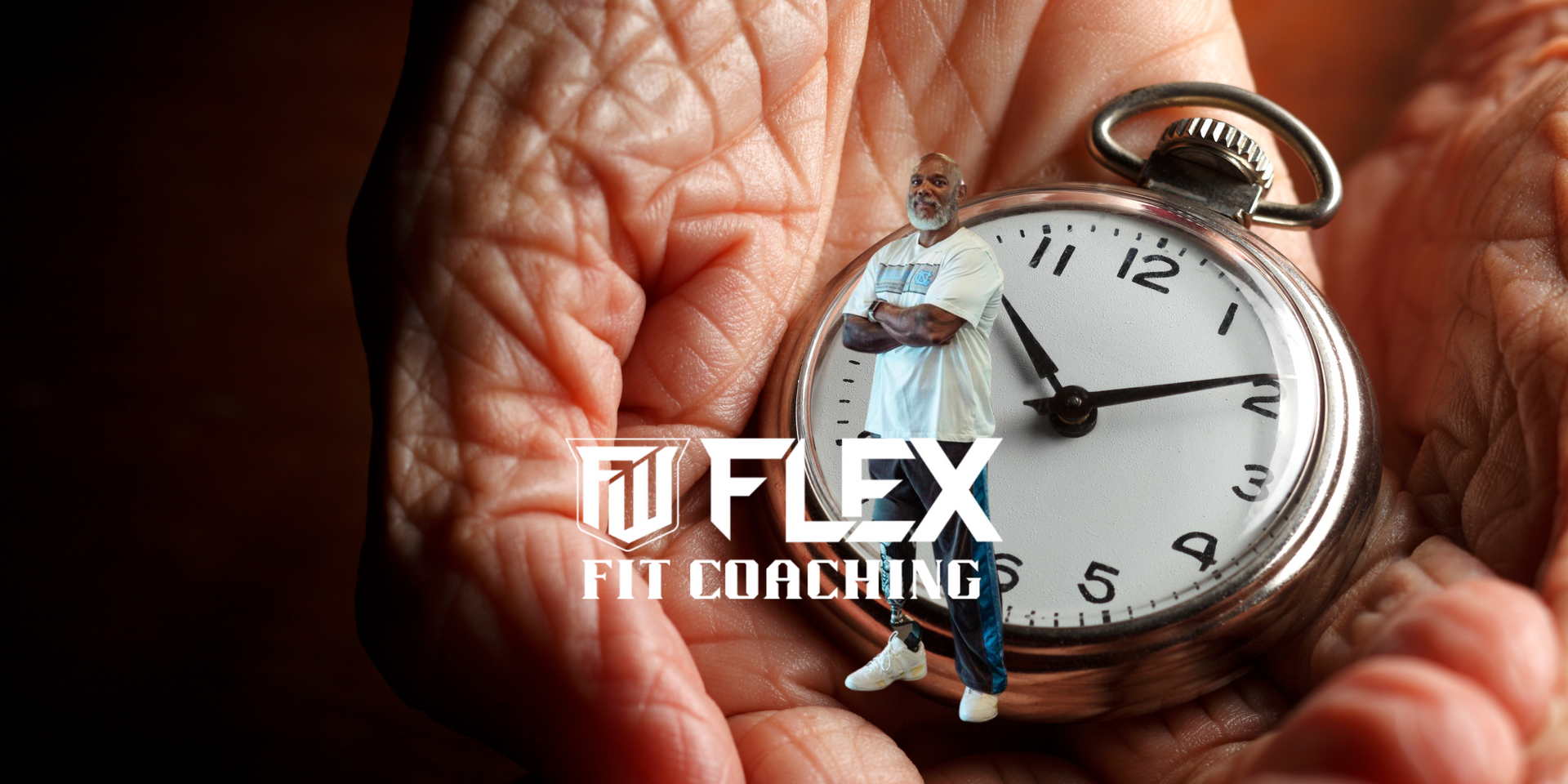Are You Doing Too Much?
Are You Spending Too Much Time in the Gym? Here's Why Less Might Be More

Are You Spending Too Much Time in the Gym? Here's Why Less Might Be More
We’ve all heard it before: "No pain, no gain." But what if more time in the gym isn’t actually giving you better results?
If you're doing more than 10 working sets per body part per week, you might be overdoing it—at least according to several recent studies in exercise science.
Now, let’s be clear: this advice is for the average gym-goer—people who want to look and feel good, stay lean, and maybe get beach-ready. It doesn’t include warm-up sets, and it doesn’t apply to those enhancing performance with PEDs. For natural lifters, quality beats quantity, and more isn’t always better.
📚 What the Research Says
- Schoenfeld et al. (2019) – A meta-analysis published in Journal of Sports Sciences found that 10+ weekly sets per muscle group can increase hypertrophy, but results plateau beyond that, and returns diminish. The sweet spot appears to be 10–20 quality working sets, depending on training experience and recovery ability.
- Baz-Valle et al. (2022) – This study, published in Journal of Strength and Conditioning Research, compared low (6 sets), moderate (12 sets), and high (18 sets) weekly training volumes for hypertrophy. The 12-set group saw the most efficient gains. Interestingly, the 18-set group didn’t experience significantly more growth, despite the increased time and fatigue.
- Ogasawara et al. (2013) – In a study on training frequency and volume (European Journal of Applied Physiology), researchers found that less frequent, lower-volume training (yet still consistent) produced similar gains to higher volume routines when intensity was matched.
Why 10 Working Sets Might Be Enough
Training volume is one of the key drivers of hypertrophy, but like anything else, there's a tipping point. After about 10–12 high-effort working sets per muscle group per week, your ability to recover and grow from additional volume often drops off. Going beyond that might actually:
- Increase fatigue without stimulating more growth
- Impair recovery
- Lead to joint strain or chronic overuse injuries
- Disrupt sleep and energy levels
And let’s not forget: more time in the gym = less time for recovery, which is where muscle growth actually happens.
Coach Flex









